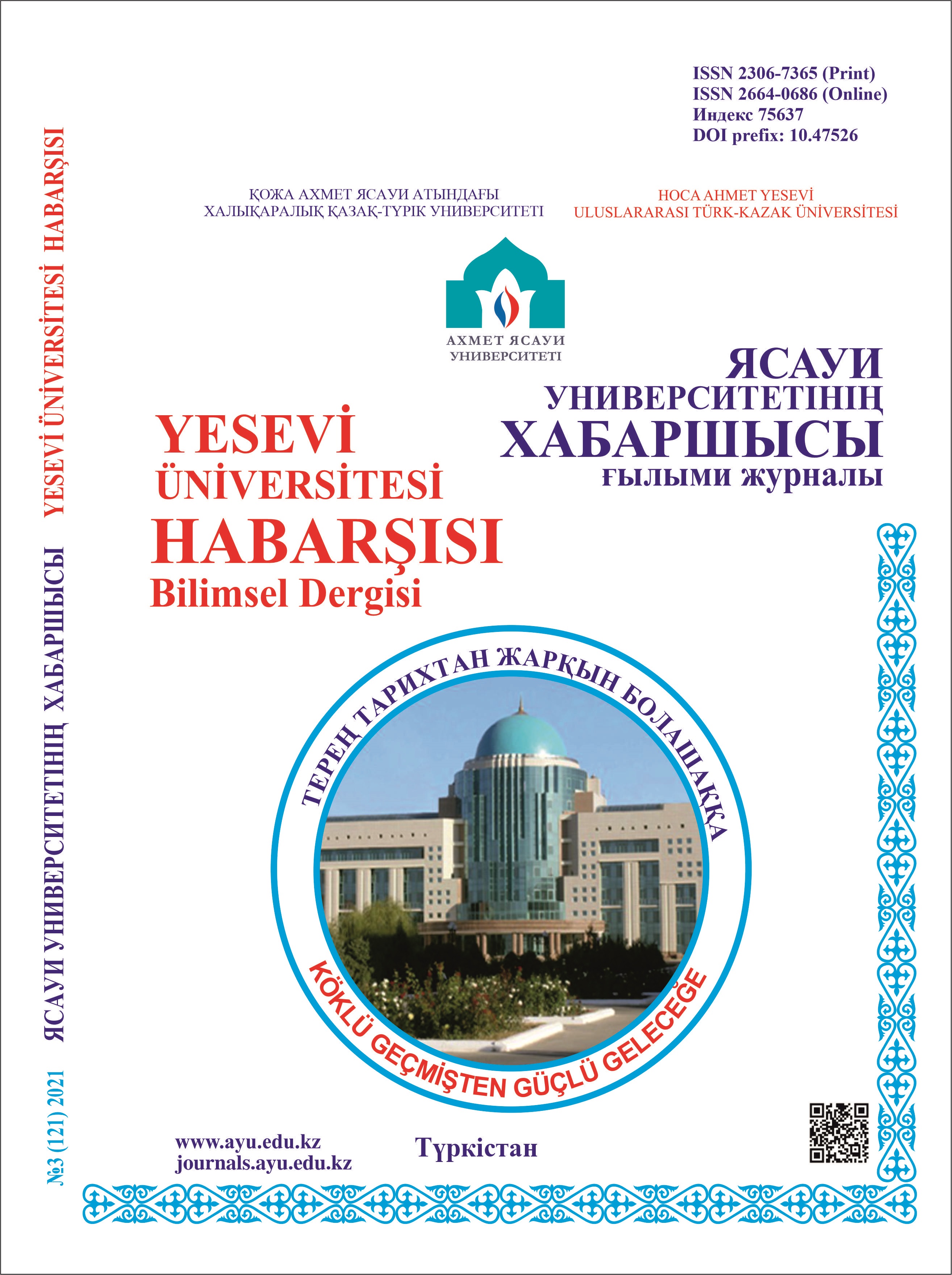Цифровые технологии и информационная грамотность в генетическом образовании
0 1
Ключевые слова:
информационная грамотность, генетическое образование, электронные ресурсы, цифровые технологии, веб-сайты, информационные фонды, виртуальная лаборатория.Аннотация
Сегодня цифровые технологии стали неотъемлемой частью образования. Интеграция информационных технологий играет важную роль, особенно для таких естественных наук, как генетика, которая требует точности и технологической поддержки. В данной работе выясняется, насколько хорошо студенты знакомы с использованием информационных технологий при изучении генетики. На основе анкетного опроса отмечен низкий уровень информационной грамотности студентов независимо от года обучения (среди студентов 1–4 курсов). Тот факт, что большинство студентов рассматривают информационные сайты в поисковых системах Google и Yandex как легкий и быстрый источник информации и делают их основным источником информации, не всегда формирует глубокое понимание и знания. Проблемы, с которыми сталкиваются студенты, связаны с такими компонентами информационной грамотности, как поиск, оценка и анализ конкретных научных источников. Проанализировав научную литературу для решения этой проблемы, в данной работе представлен список веб-сайтов, виртуальных реальностей и информационных баз, которые можно использовать в преподавании генетики студентам и преподавателям. Список информационных ресурсов, доступных для использования в любое время, позволяет преподавателям создавать качественный образовательный контент с интеграцией ресурсов.
Библиографические ссылки
REFERENCES
Cowan S., Eva N.C. Changing our aim: Infiltrating faculty with information literacy // Communications in Information Literacy. – 2016. – Т. 10. – №2. – P. 163–177.
Sayers E.W. et al. GenBank //Nucleic acids research. – 2021. – Т. 49. – P. D92-D96.
Rigden D.J., Fernández X.M. The 2022 Nucleic Acids Research database issue and the online molecular biology database collection // Nucleic acids research. – 2022. – Т. 50. – P. D1-D10.
Courts B. et al. Using technology to create a dynamic classroom experience // Journal of College Teaching & Learning (TLC). – 2012. – Т. 9. – №2. – P. 121–128.
Niess M.L. Investigating TPACK: Knowledge growth in teaching with technology // Journal of educational computing research. – 2011. – Т. 44. – №3. – P. 299–317.
Wiencke W., Roblyer M.D. A Problem-based Approach to Teaching the Technology Integration Planning (TIP) Model // Society for Information Technology & Teacher Education International Conference. – Association for the Advancement of Computing in Education (AACE), 2004. – P. 1474–1477.
Harmes J.C., Welsh J.L., Winkelman R.J. A framework for defining and evaluating technology integration in the instruction of real-world skills // Handbook of research on technology tools for real-world skill development. – IGI Global, 2016. – С. 137–162.
Beltran-Cruz M., Cruz S.B.B. The Use of Internet-Based Social Media as a Tool in Enhancing Student's Learning Experiences in Biological Sciences // Higher Learning Research Communications. – 2013. – Т. 3. – №4. – P. 68–80.
Bosch T.E. Using online social networking for teaching and learning: Facebook use at the University of Cape Town // Communicatio: South African Journal for Communication Theory and Research. – 2009. – Т. 35. – №2. – P. 185–200.
Malik A., Heyman-Schrum C., Johri A. Use of Twitter across educational settings: a review of the literature // International Journal of Educational Technology in Higher Education. – 2019. – Т. 16. – №1. – P. 1–22. 11. McGuinness, Claire. What faculty think–exploring the barriers to information literacy development in undergraduate education // The Journal of Academic Librarianship. 2006. – №32. – P. 573–582.
Namsaraev Z.B. et al. Digitalization of Genetic Information: Prospects and Challenges // Nanobiotechnology Reports. – 2023. – Т. 18. – №3. – P. 320–328.
Chattopadhyay A. Understanding of genetic information in higher secondary students in northeast India and the implications for genetics education // Cell Biology Education. – 2005. – Т. 4. – №1. – P. 97–104.
Hunter N., Storksdieck M. Understanding the Use of Tablet Technology as a Mechanism for Improving Teaching and Learning in the Corvallis School District. Technical Report. – Corvallis, OR: Oregon State University. – 2017. – 51 p.
Newman D.L, Cardinale J.A, Wright L.K. Interactive Video Vignettes (IVVs) to help students learn genetics concepts // CourseSource. – 2020. – T. 7. https://doi.org/10.24918/cs.2020.27
Riyadi R. et al. Student Digital Literacy Using Flipped Classroom Model on the Topic of Genetik Transfer // Proceedings of the 5th International Conference on Learning Innovation and Quality Education. – 2021. – P. 1–6. https://doi.org/10.1145/3516875.3516933
Weber H., Hillmert S., Rott K.J. Can digital information literacy among undergraduates be improved? Evidence from an experimental study // Teaching in Higher Education. – 2018. – Т. 23. – №8. – P. 909–926. 18. Chattopadhyay A. Understanding of genetic information in higher secondary students in northeast India and the implications for genetics education // Cell Biology Education. – 2005. – Т. 4. – №1. – P. 97–104. 19. GenLab: Das Virtuelle Gentechnische Praktikum. – Spektrum Akademischer Verlag, 2003. [Electronic resource]. URL: https://www.amazon.com/GenLab-Virtuelle-Gentechnische-Praktikum-German/dp/382741461X (date of access 03.08.2024)
Shegog R. et al. Virtual transgenics: Using a molecular biology simulation to impact student academic achievement and attitudes // Research in Science Education. – 2012. – Т. 42. – P. 875–890.
Scherp A., Meier J. Virtual Laboratories as Preparation to a Practical Laboratory Course at the Example of Genetics. – Kiel: Institut fur Informatik der “Christian-Albrechts-Universitat zu Kiel”, 2016. – 18 p.
Maldarelli G.A. et al. Virtual lab demonstrations improve students’ mastery of basic biology laboratory techniques // Journal of Microbiology & Biology Education. – 2009. – Т. 10. – №1. – P. 51–57.

